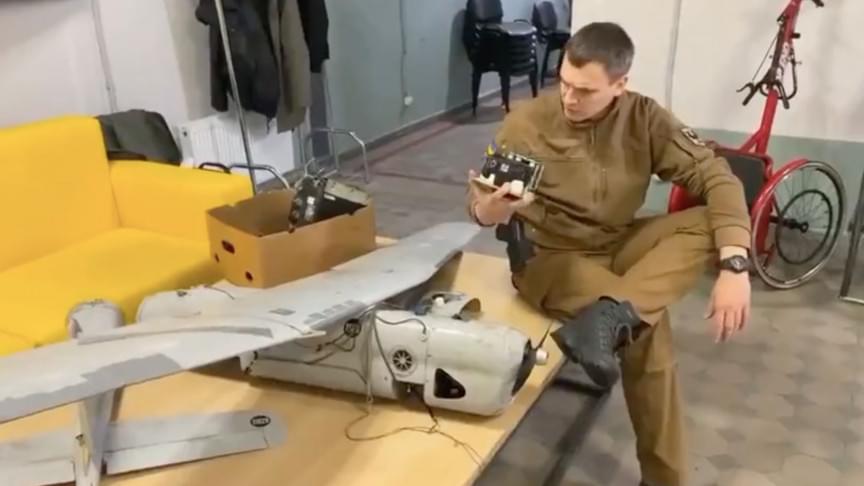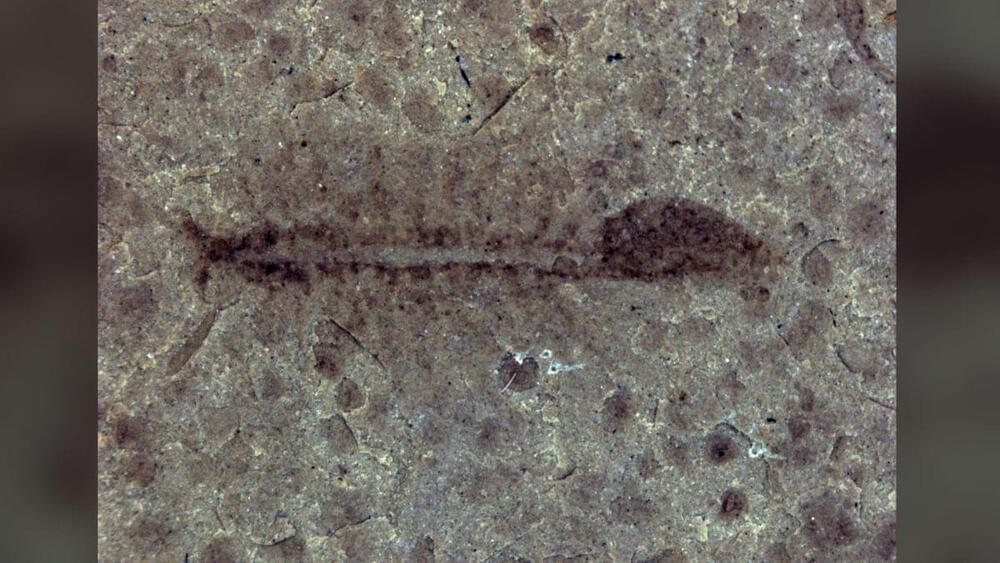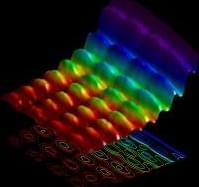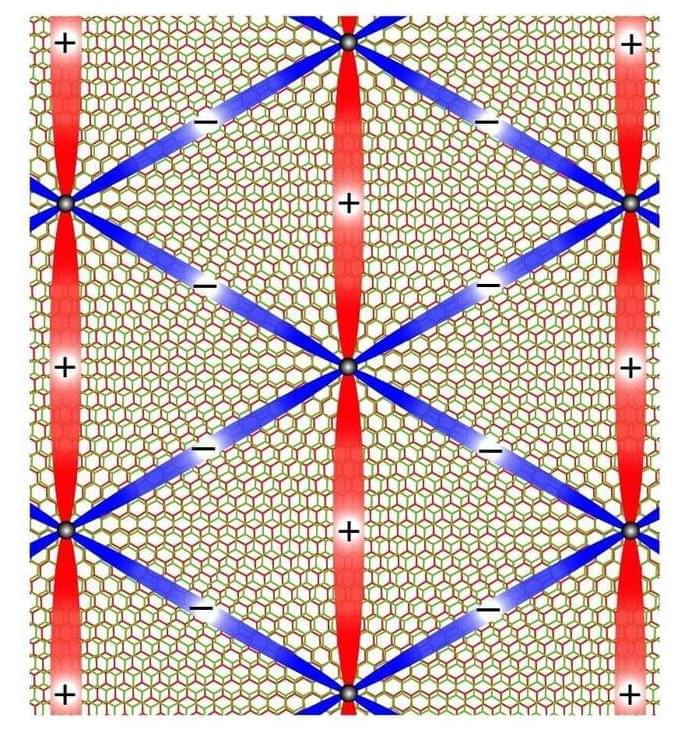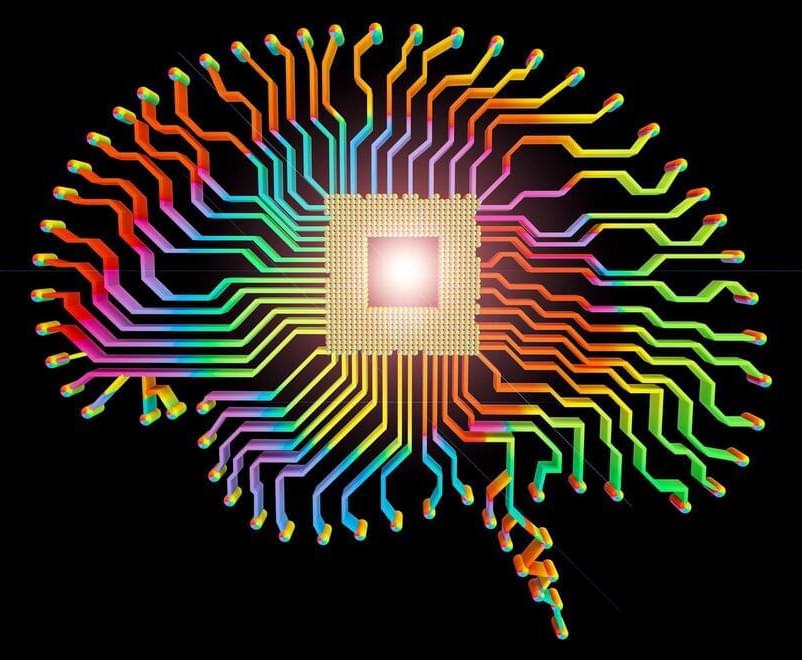With some parts held together by duct tape.
In the raging battle between Russia and Ukraine, Russia’s small drones have been reported to be taking a deadly toll on Ukrainian forces. A new video, however, is revealing that the highly efficient precision drones are not as advanced as one might expect.
Ukraine’s Defense Ministry shared a video on Sunday that shows a soldier allegedly dismantling a Russian military surveillance drone and pointing out several highly unsophisticated features. In fact, seeing what the whole drone consists of it seems like something a schoolchild could put together.
## A generic handheld Canon DSLR
The drone being taken apart is an Orlan-10 model that fell on Ukrainian soil. The first thing the soldier points out is that the drone’s camera is a simple generic handheld Canon DSLR, the kind you can find on any tourist’s camera. How can such a complex war tool have such a common feature?
Full Story:
